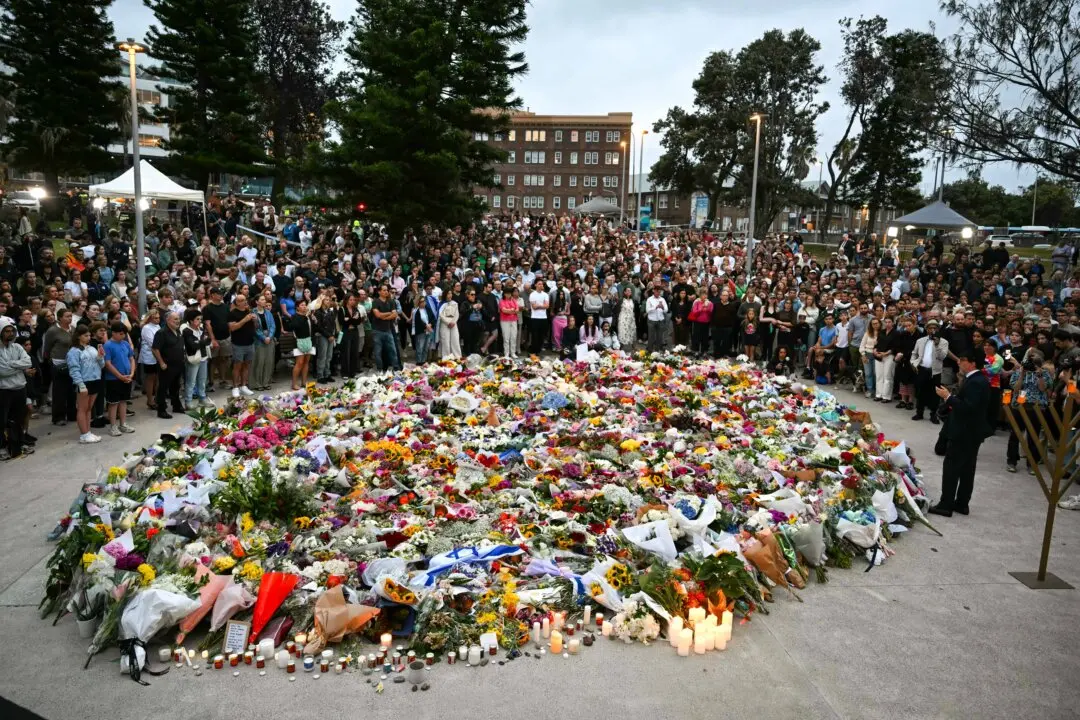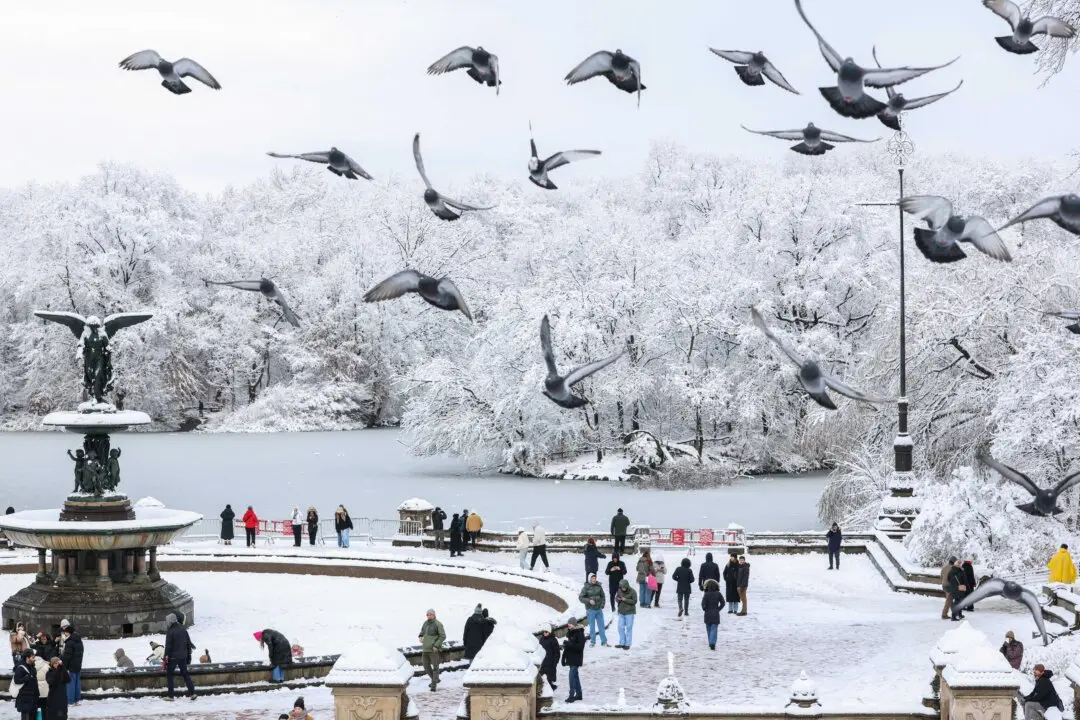From around 1910 to 1929, the Spanish city of Seville made preparations to host the Ibero-American Exposition of 1929. The aim of the exposition was to demonstrate Spain’s cultural and socioeconomic wealth to the world.
All countries that exhibited at the exposition had historical links to Spain, such as the United States, Portugal, and Latin American countries such as Brazil, Mexico, and Cuba, to name a few. And of course, Spain’s provinces were represented.






